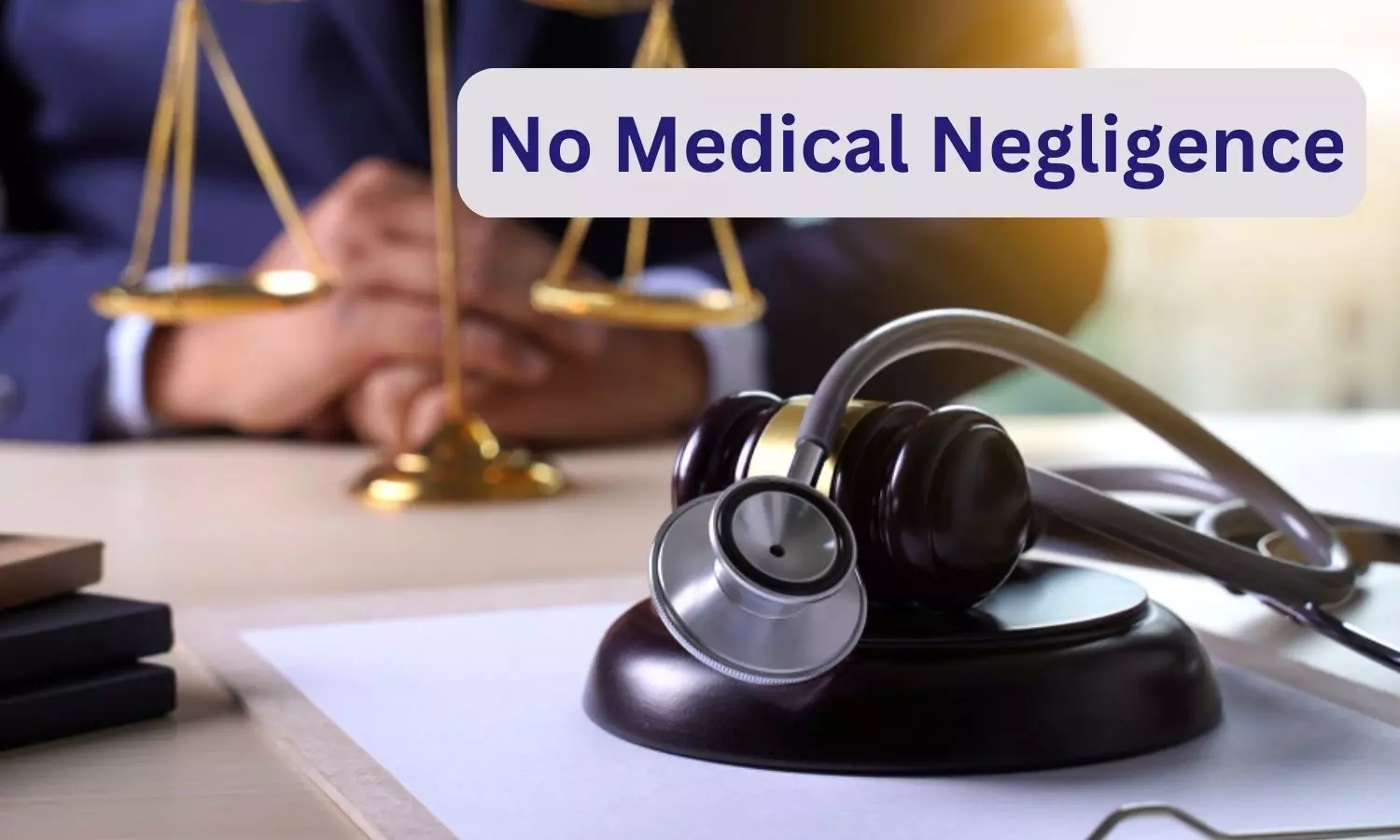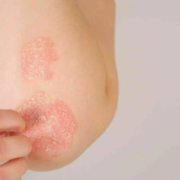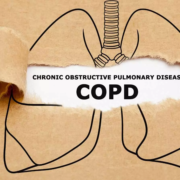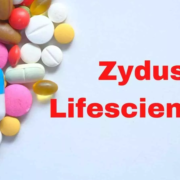
New Delhi: Reiterating the Supreme Court’s observation that every death occurring in a hospital does not necessarily amount to medical negligence, the National Consumer Disputes Redressal Commission (NCDRC) recently exonerated a doctor, accused of operating on a cancer patient without obtaining a Biopsy report. The bench noted that the doctor had performed only an Excisional Biopsy to confirm cancer, which is a prescribed method to diagnose Cancer, and it does not come within the purview of surgery.
While considering the matter, the Apex Consumer Court relied on the Supreme Court order in the case of Devarakonda Suryasesha Mani v Care Hospital, Institute of Medical Sciences, where the Apex Court had held that “Every death in an institutionalized environment of a hospital does not necessarily amount to medical negligence on a hypothetical assumption of lack of due medical care.”
Relying on the Supreme Court’s order, the consumer court bench exonerated the doctor and noted, “Considering the aforesaid discussions, there is no evidence on record to suggest any negligence or deficiency in service on the part of OP-1 Doctor in the treatment of the deceased.”
The history of the case goes back to 2015 when the complainant’s wife (deceased) consulted the treating doctor at his Nursing Home & Maternity centre with the complaint of stiffness and pain in her left breast. Her Thyroid tests for T3, T4, T5, and TSH were conducted and she was admitted on 10.12.2015. A tumour operation was performed on her left breast, during which the portion of the breast containing the tumour was removed. Thereafter, the tumour was sent for a biopsy test.
It was alleged that the doctor did not conduct a biopsy test before the operation and instead of improving, the deceased’s condition worsened after the surgery, with increased pain in her breast and waist, and her overall condition deteriorated. It was further claimed that the doctor had suggested conducting another operation.
Later, the biopsy report confirmed that the patient had cancer. However, the doctor allegedly advised the complainant not to inform the patient about the cancer immediately and suggested conducting another operation to remove the tumour.
However, by 07.01.2016, the patient’s pain had intensified, affecting her ability to stand and sit. Following this, on 02.02.2016, the patient was referred to another Hospital in Raipur, where she underwent various tests, including echocardiography, serology, biochemistry, haematology, and thyroid panel tests. A sample for the BFC test was sent to Mumbai. Further, the patient underwent an MRI test and was admitted to the second hospital. She underwent radiation therapy and was discharged.
The doctors recommended chemotherapy over surgery, as the initial operation without a biopsy had aggravated her condition. To save her life, she sought treatment from a Mumbai-based doctor and was admitted to another hospital, where she underwent continuous chemotherapy.
As per the complainant, the initial negligence of the treating doctor in the surgery caused substantial physical and mental suffering. He argued that if the doctor had initially conducted a biopsy, the patient would not have faced such severe issues. The complainant further contended that not being a cancer specialist, the treating doctor should have referred her to a higher cancer hospital after conducting the biopsy. Filing the consumer complaint, the complainant demanded compensation of Rs 75,10,000 for medical expenses, mental agony, financial losses, and litigation costs.
On the other hand, the doctor submitted that initially the patient had symptoms of stiffness and pain in her left breast, and a tumour was detected during the preliminary examination.
Given this finding, an excisional biopsy was performed to remove the tumour, which was sent to Dr. Hussain, a pathologist in Raipur, for a histopathological test. This was to aid in her further treatment after receiving the biopsy report.
Consequently, the patient was admitted to the hospital for the excisional biopsy and was discharged. The report confirmed that she had breast cancer. When she complained of waist pain, she was appropriately referred to an Orthopaedic and her biopsy report’s confirmation of breast cancer was promptly communicated to her relatives and the doctor advised them not to inform the deceased immediately to prevent distress.
He submitted that the family was advised to take the patient to a cancer specialist in Raipur and he referred her to Sanjeevani Cancer Hospital at Raipur, where Dr. Memon confirmed the cancer diagnosis and noted that it had spread to the bone.
The treating doctor contended that the excisional biopsy was crucial in diagnosing the cancer as without this procedure, the presence of breast cancer would not be confirmed. He emphasized that he provided high-standard, quality services and promptly referred her to the appropriate cancer treatment centre after the biopsy confirmed the diagnosis. Therefore, the doctor denied any medical negligence on his part in the treatment of the patient.
While considering the matter, the State Commission, Chhattisgarh opined that the complainants failed to prove the allegations of medical negligence. Therefore, the Commission dismissed the complaint.
Challenging the order, the complainants approached the Apex Consumer Court. The NCDRC noted that as per the record, the doctor did not perform any surgery on the deceased patient. He only conducted a procedure for taking out a sample for biopsy purposes.
At this outset, the top consumer court observed,
“Therefore, OP-1 had performed only Excisional Biopsy to confirm cancer, which is a prescribed method to diagnose Cancer. The Complainants failed to reasonably establish that the surgery by OP-1 was without obtaining Biopsy Report. Whereas, OP-1 had done only Excisional Biopsy of the deceased, which does not come within purview of surgery. In any case, before conducting the said Excisional Biopsy, OP-1 obtained Consent Letter from her and Complainant No.1 on 10.12.2015. It is also part of the OT Notes for Breast Mass Excision dated 10.12.2015 that the Lump was separated from skin and breast and the same was sent for Histopathological test. There is also no expert opinion obtained from the competent Medical Board.”
The NCDRC bench referred to the Supreme Court orders in the case of Chanda Rani Akhouri (Supra), Dr. Laxman Balkrishan Joshi Vs. Dr. Trimbak Bapu Godbole and Anr., and Jacob Mathew v. State of Punjab to discuss what constitutes medical negligence and also the doctor’s duties to the patients.
Further, the Apex Consumer Court referred to the top court order in the case of Devarakonda Suryasesha Mani v Care Hospital, Institute of Medical Sciences, where the Apex Court had observed that ‘every death in an institutionalized environment of a hospital does not necessarily amount to medical negligence on a hypothetical assumption of lack of due medical care.’
Relying on this order, the Commission dismissed the complaint and held that there was no evidence on record to suggest any negligence or deficiency in service on the part of the treating doctor in the treatment of the deceased patient. With this observation, the NCDRC bench denied interfering with the findings of the State Commission.
To read the order, click on the link below:
https://medicaldialogues.in/pdf_upload/ncdrc-no-medical-negligence-242461.pdf
Also Read: No Medical Negligence: Consumer Court Junks Complaint Against Hospital, doctor for allegedly Conducting Total Laparoscopic Hysterectomy sans Consent












